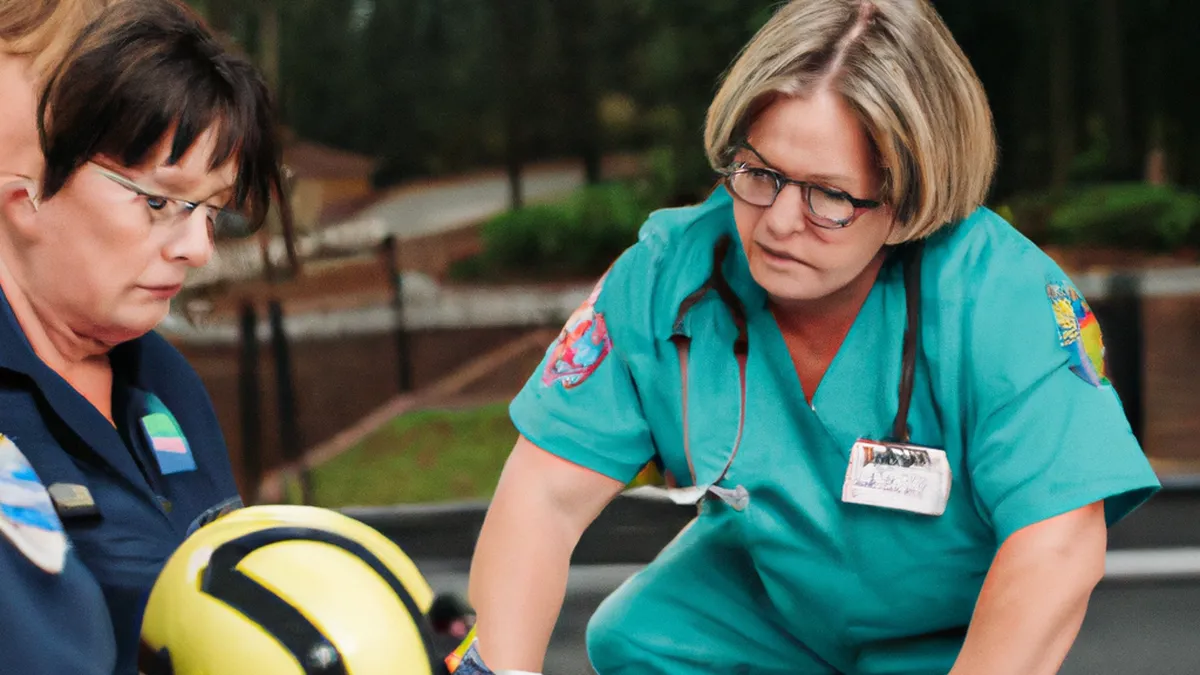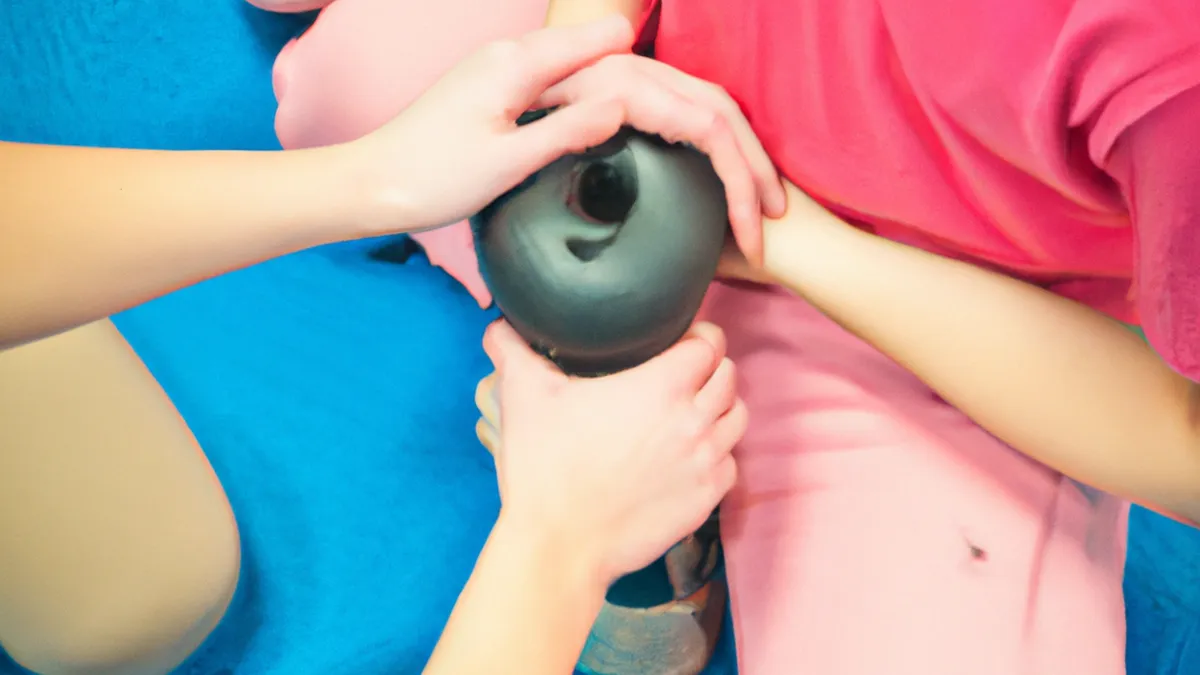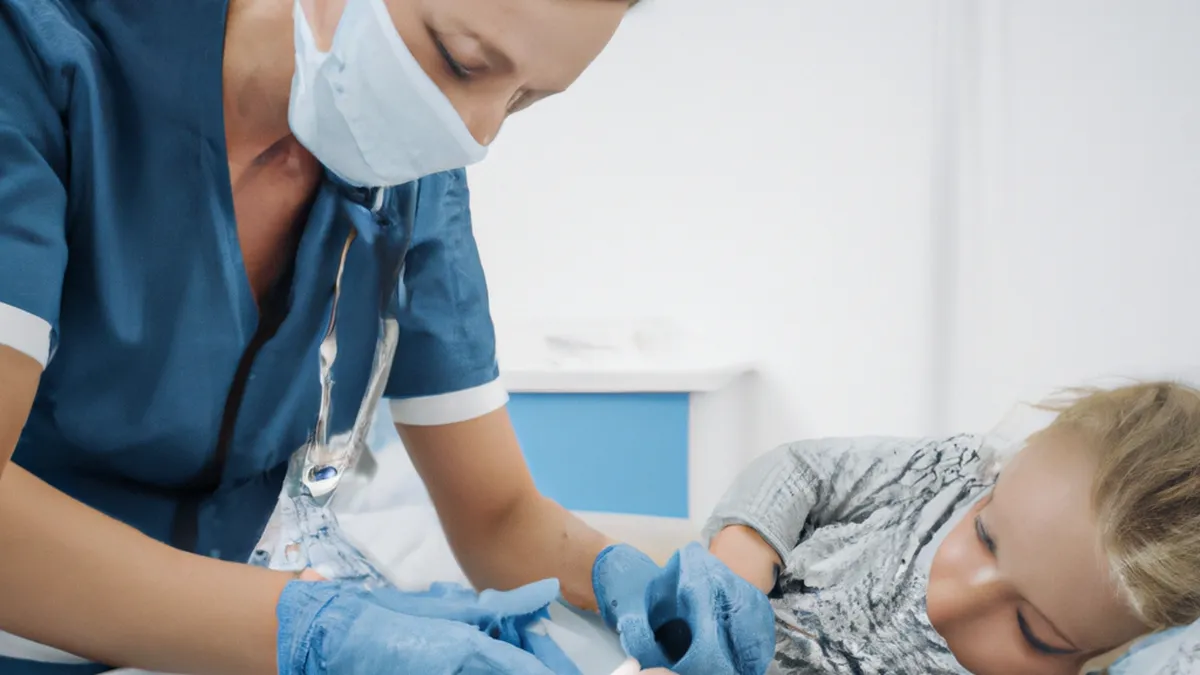Coordinating First Aid Teams for Large Events
Developing a First Aid Response Plan for Events
As an Amazon Associate I earn from qualifying purchases.
Gear tip: consider electrolyte tablets, create and instant ice packs to support this workout.
Planning an event requires attention to many details, including venue selection and entertainment logistics. One key detail is attendee and staff safety. An effective first aid response plan protects individuals and enhances the event’s reputation. This guide outlines steps to create a tailored first aid response plan.
Understand Your Event’s Needs
Every event presents unique risks. Begin by identifying specific risks for your gathering. Consider the event type—music festival, corporate seminar, sporting event, or community fair. Each presents different medical risks and challenges.
Next, assess the venue thoroughly. Check emergency service accessibility, venue layout, and environmental hazards like unstable structures or extreme weather. Gather crowd size and demographic data to estimate the necessary medical support. For instance, a large outdoor concert needs more medical presence than a small indoor meeting.
Identify Potential Risks
After understanding your event and venue, list possible medical emergencies. Common issues include:
– Allergic reactions (food allergies, insect stings)
– Heat exhaustion or heat stroke, especially outdoors
– Falls and injuries from uneven terrain or crowd dynamics
– Cardiac events, particularly for older adults
Prioritize risks based on likelihood and severity. Focus on probable scenarios to allocate resources effectively and design a targeted response plan.
Determine Resources and Personnel
Once you identify potential risks, evaluate needed resources. Start by ensuring trained personnel are on-site. Depending on your event’s scale, you may need certified first aid responders or a full medical team, including paramedics and EMTs.
Next, gather essential supplies for your first aid team. Stock first aid kits with bandages, antiseptics, gauze, splints, and over-the-counter medications. Ensure these kits remain easily accessible with clear signage indicating their locations. Position first aid stations strategically throughout the venue for visibility and accessibility during emergencies.
Create a Communication Strategy
Effective communication plays a vital role during emergencies. Develop a communication strategy to streamline response efforts. Outline how you will communicate with staff and attendees during crises. Use walkie-talkies, mobile phones, or loudspeakers to relay important information quickly.
Conclusion
In summary, developing a first aid response plan enhances safety and prepares your event for medical emergencies.
Below are related products based on this post:
FAQ
What are the first steps in creating a first aid response plan for my event?
The first steps involve understanding your event’s specific needs and identifying potential risks. Consider the type of event you’re hosting and assess the venue for emergency service accessibility, layout, and environmental hazards. This will help you determine the necessary medical support based on crowd size and demographic data.
What types of medical emergencies should I prepare for at my event?
Common medical emergencies to prepare for include allergic reactions, heat exhaustion or heat stroke, falls and injuries, and cardiac events, especially for older adults. It’s important to prioritize these risks based on their likelihood and severity to allocate resources effectively.
How can I ensure effective communication during a medical emergency at my event?
To ensure effective communication during emergencies, develop a clear communication strategy. This should outline how you will convey important information to staff and attendees, utilizing tools like walkie-talkies, mobile phones, or loudspeakers to relay messages quickly and efficiently.















Post Comment